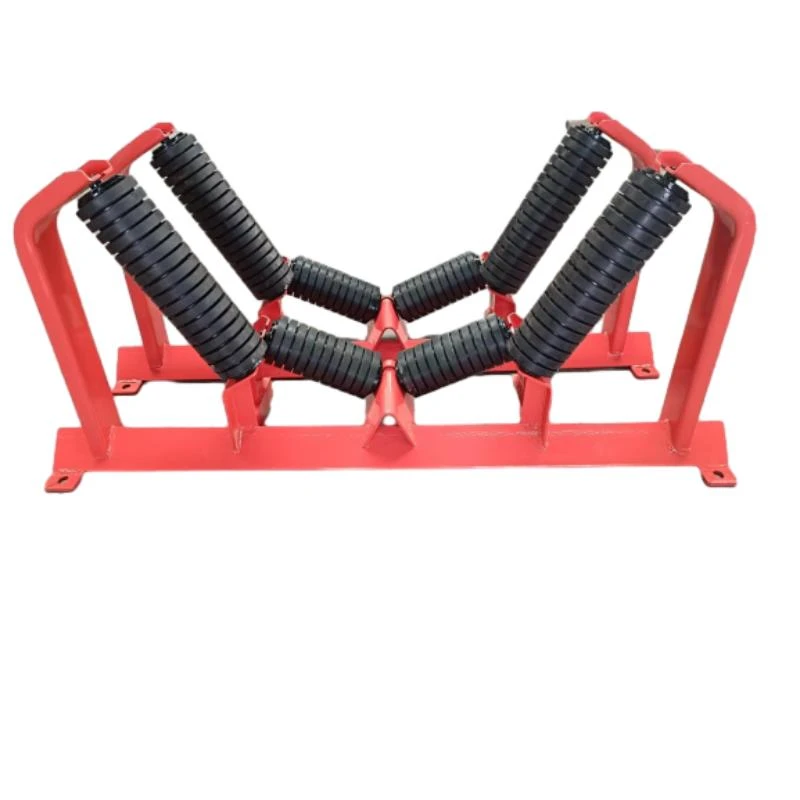 Afrikaans
Afrikaans  Albanian
Albanian  Amharic
Amharic  Arabic
Arabic  Armenian
Armenian  Azerbaijani
Azerbaijani  Basque
Basque  Belarusian
Belarusian  Bengali
Bengali  Bosnian
Bosnian  Bulgarian
Bulgarian  Catalan
Catalan  Cebuano
Cebuano  Corsican
Corsican  Croatian
Croatian  Czech
Czech  Danish
Danish  Dutch
Dutch  English
English  Esperanto
Esperanto  Estonian
Estonian  Finnish
Finnish  French
French  Frisian
Frisian  Galician
Galician  Georgian
Georgian  German
German  Greek
Greek  Gujarati
Gujarati  Haitian Creole
Haitian Creole  hausa
hausa  hawaiian
hawaiian  Hebrew
Hebrew  Hindi
Hindi  Miao
Miao  Hungarian
Hungarian  Icelandic
Icelandic  igbo
igbo  Indonesian
Indonesian  irish
irish  Italian
Italian  Japanese
Japanese  Javanese
Javanese  Kannada
Kannada  kazakh
kazakh  Khmer
Khmer  Rwandese
Rwandese  Korean
Korean  Kurdish
Kurdish  Kyrgyz
Kyrgyz  Lao
Lao  Latin
Latin  Latvian
Latvian  Lithuanian
Lithuanian  Luxembourgish
Luxembourgish  Macedonian
Macedonian  Malgashi
Malgashi  Malay
Malay  Malayalam
Malayalam  Maltese
Maltese  Maori
Maori  Marathi
Marathi  Mongolian
Mongolian  Myanmar
Myanmar  Nepali
Nepali  Norwegian
Norwegian  Norwegian
Norwegian  Occitan
Occitan  Pashto
Pashto  Persian
Persian  Polish
Polish  Portuguese
Portuguese  Punjabi
Punjabi  Romanian
Romanian  Russian
Russian  Samoan
Samoan  Scottish Gaelic
Scottish Gaelic  Serbian
Serbian  Sesotho
Sesotho  Shona
Shona  Sindhi
Sindhi  Sinhala
Sinhala  Slovak
Slovak  Slovenian
Slovenian  Somali
Somali  Spanish
Spanish  Sundanese
Sundanese  Swahili
Swahili  Swedish
Swedish  Tagalog
Tagalog  Tajik
Tajik  Tamil
Tamil  Tatar
Tatar  Telugu
Telugu  Thai
Thai  Turkish
Turkish  Turkmen
Turkmen  Ukrainian
Ukrainian  Urdu
Urdu  Uighur
Uighur  Uzbek
Uzbek  Vietnamese
Vietnamese  Welsh
Welsh  Bantu
Bantu  Yiddish
Yiddish  Yoruba
Yoruba  Zulu
Zulu Understanding the Function of Drive Belt Tensioner and Pulley Systems in Vehicles
Understanding Drive Belt Tensioner Pulleys Importance and Maintenance
Drive belt tensioner pulleys play a crucial role in the performance and longevity of a vehicle's engine. They are part of the serpentine belt system, which is responsible for powering various engine accessories such as the alternator, water pump, power steering pump, and air conditioning compressor. Understanding how these components function and the importance of maintaining them can help vehicle owners avoid premature wear and potential engine problems.
What is a Drive Belt Tensioner Pulley?
A drive belt tensioner pulley is a movable wheel that applies tension to the serpentine belt, ensuring a proper fit and preventing slippage. The tensioner is generally spring-loaded, which allows it to adjust according to the changes in belt tension caused by temperature fluctuations, wear, or other factors. This dynamic adjustment is essential because a belt that is too loose can slip, leading to issues with the performance of the accessories it drives, while a belt that is too tight may cause excess strain on the components and lead to premature failure.
Functionality of the Drive Belt Tensioner Pulley
The primary function of the drive belt tensioner pulley is to maintain optimal tension on the serpentine belt. This is vital for several reasons
1. Efficiency Proper tension ensures that the belt can effectively transmit power from the engine to the accessories, maintaining overall engine performance and efficiency.
2. Longevity of Components A well-functioning tensioner pulley helps prevent excessive wear on the serpentine belt, resulting in longer life for both the belt and the engine accessories.
3. Noise Reduction Adequate tension helps minimize vibration and noise generated by the belt as it operates, leading to a quieter engine compartment.
Signs of Wear and Failure
Like any mechanical component, drive belt tensioner pulleys are subject to wear and eventual failure
. Common signs that the tensioner may need replacement includedrive belt tensioner pulley

- Unusual Sounds A chirping or squealing noise can indicate that the belt is slipping due to insufficient tension. Additionally, a grinding noise might suggest that the bearing within the tensioner pulley is failing.
- Belt Wear If the serpentine belt shows signs of excessive wear or damage, it can be a symptom of tension issues related to the tensioner pulley.
- Visual Inspection A visual inspection may reveal a misaligned or damaged tensioner pulley. Any visible cracks, wear, or deformation should prompt immediate attention.
- Belt Jumping If the serpentine belt appears to have shifted or jumped off one of the pulleys, it indicates that the tensioner is not functioning correctly.
Maintenance and Replacement
To ensure optimal performance of the drive belt tensioner pulley, regular inspections and maintenance are crucial. Here are some tips
1. Routine Inspections Check the condition of the serpentine belt and the tensioner pulley during regular vehicle maintenance. Look for signs of wear, and listen for unusual noises when the engine is running.
2. Replace When Necessary If wear is evident, or if any of the warning signs are present, it may be time to replace the tensioner pulley. It’s often recommended to replace the serpentine belt at the same time, as both components work in conjunction.
3. Professional Assistance If unsure about the condition of your drive belt tensioner pulley, consult a professional mechanic. They can perform a thorough inspection and recommend repairs or replacements as necessary.
Conclusion
Drive belt tensioner pulleys are essential components that contribute significantly to the performance and durability of a vehicle's engine. By understanding their function and importance, as well as recognizing the signs of wear, vehicle owners can take the necessary steps to maintain their vehicles and prevent more significant issues down the road. Regular inspections and timely replacements can help ensure that your engine runs smoothly and efficiently for years to come.
-
Revolutionizing Conveyor Reliability with Advanced Rubber Lagging PulleysNewsJul.22,2025
-
Powering Precision and Durability with Expert Manufacturers of Conveyor ComponentsNewsJul.22,2025
-
Optimizing Conveyor Systems with Advanced Conveyor AccessoriesNewsJul.22,2025
-
Maximize Conveyor Efficiency with Quality Conveyor Idler PulleysNewsJul.22,2025
-
Future-Proof Your Conveyor System with High-Performance Polyurethane RollerNewsJul.22,2025
-
Driving Efficiency Forward with Quality Idlers and RollersNewsJul.22,2025





























